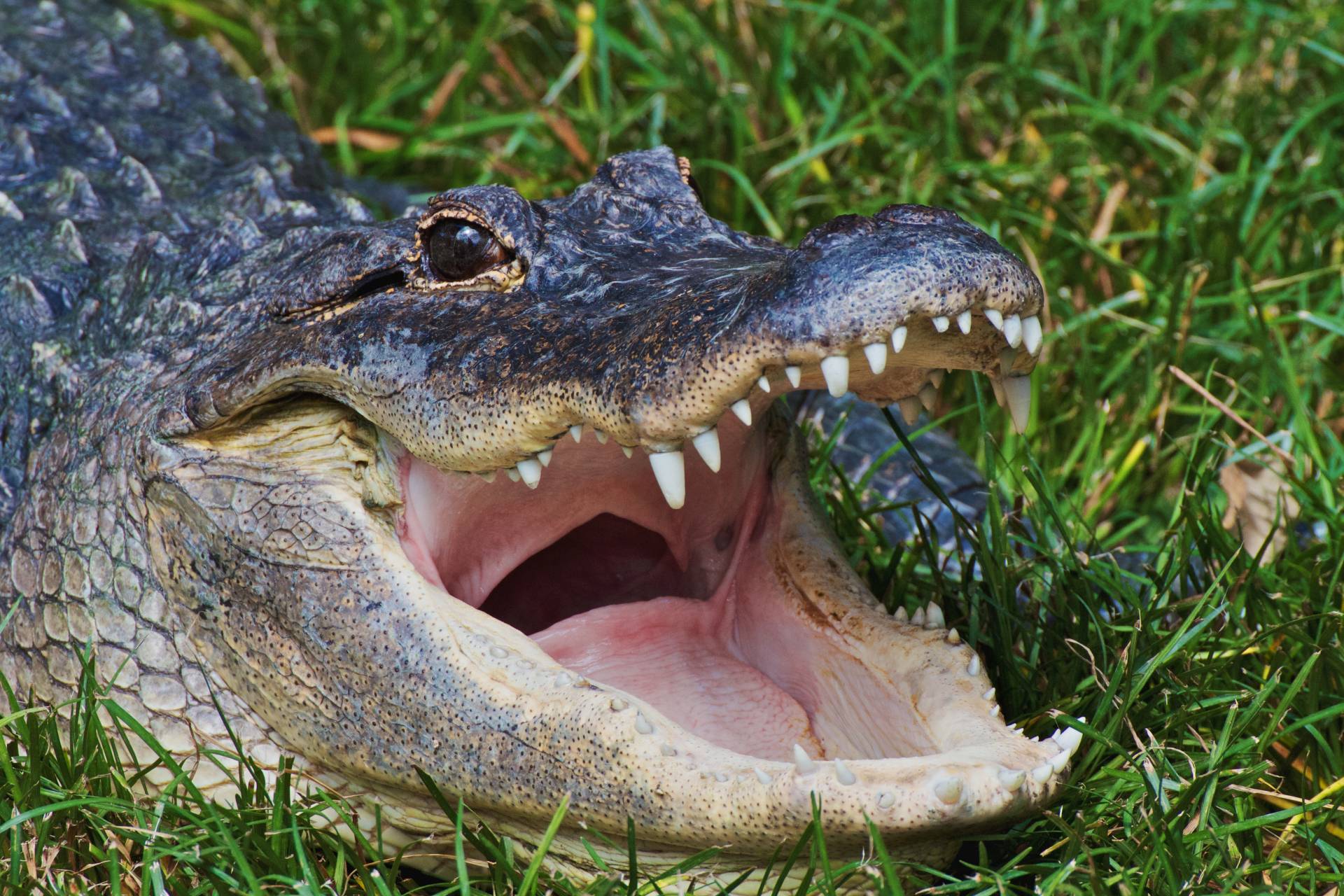According to a recent study, the T. rex was capable of practically pulverizing the bones of its prey with at least 7,800 pounds of force.
Researchers Paul Gignac and Gregory Erickson used computer models to determine how would a T. rex gnaw at its prey, based on fossilized remains and available data from the species’ more modern relatives, including alligators and birds. The bite of a T. rex was reimaged based on a saltwater crocodile’s bite put to scale by taking into account the shape of the T. rex’s skull and teeth.

The bite of a mighty T. rex
Researchers note that most vertebrates are not able to extract the bone marrow out of their preys. The sole exception are carnivores, whose teeth have evolved throughout time to allow them to extract all the nutrients they can from each prey, as they employ more energy to catch their food when compared to herbivorous species.
Most mammal carnivores, such as hyenas and wolves, rely on repetitive biting to crush bones. In the case of carnivorous reptiles, they tend to consume the whole carcass because their stomachs are so acidic that the bones just get dissolved.

The process is slightly different for carnivorous dinosaurs, as they were characterized by having immense lateral teeth, sometimes over 6 inches long in the case of the T. rex. These teeth could easily puncture and destroy the bones of other dinosaurs.
When compared to modern reptilians, the T. rex appears to have teeth that just seem to be too large, whose functionality appears to be closer to how wolves and hyenas use their teeth in a repetitive biting motion to crush the bones of its prey. Furthermore, previous studies on fossilized T. rex stool, also known as coprolites, show that they also enjoyed highly acidic stomach fluids, which allowed them to digest whole carcasses just like crocodiles do.
Gignac and Erickson focused on the T. rex because of the vast amounts of data that exist regarding this iconic dinosaur species, besides the evidence of the T. rex bite being one of the best documented in the whole area of paleontology. But they saw that the biting force of the T. rex had not been determined with enough accuracy. A previous study authored by Gignac determined that the force had to be of a magnitude lesser than 67,000 pounds.
In 2012, using a computed tomography (CT) rendition of a T. rex skull, several proposals in how biting muscles work in crocodiles and mammals, another study put the maximum force estimates to a more feasible range between 7,869 and 12,815 pounds.
Because the measurement range was so broad, Gignac and Erickson decided to focus on the species’ biomechanics, using museum-grade casts, CR data, and how the teeth of the T. rex contacted the surface of the bone as it laid its bite.
Playing out a T. rex bite using alligators as models
The objective was to understand the forces employed by the Tyrannosaurus rex to “create crack-initiating contact pressures.” Previous studies had already tested the bite of a T. rex using cow pelves to estimate how much force the dinosaur had to use to lay teeth marks on bone.
They reconstructed a 3D muscle architecture based on the crocodile’s jaw, specifically the Alligator mississippiensis.

“It’s kind of like high heels. High heels have really high pressure on the heel, and a flat doesn’t. It’s that pressure that’s going to go through hide or bone or not,” stated Gregory Erickson.
The skull of the T. rex also appeared to be shaped to help the species concentrate its force in such a way that the bones of its prey could be cracked more easily. The prey would be bitten in a three-point fashion, getting in contact with the largest lateral teeth and the teeth situated closer to the T. rex’s snout.
At first, one might think of the T. rex as one of the mightiest predators to ever step on the face of the Earth. In reality, some studies suggested that the T. rex might have been more of a scavenger, feasting mostly on dead prey as it was easier to obtain.
This was disproven when researchers found the fossilized remains of a hadrosaur that lived 66 million years ago. The specimen had a T. rex tooth in its tail, in a wound that had healed after the teeth had entered the bone. This helped scientists confirm that the T. rex did prey on other dinosaurs. The hadrosaur was able to escape, and the 2013 finding was labeled as the first piece of physical evidence that the T. rex has rightfully earned its fame as a mighty prehistoric predator.
Source: Nature
